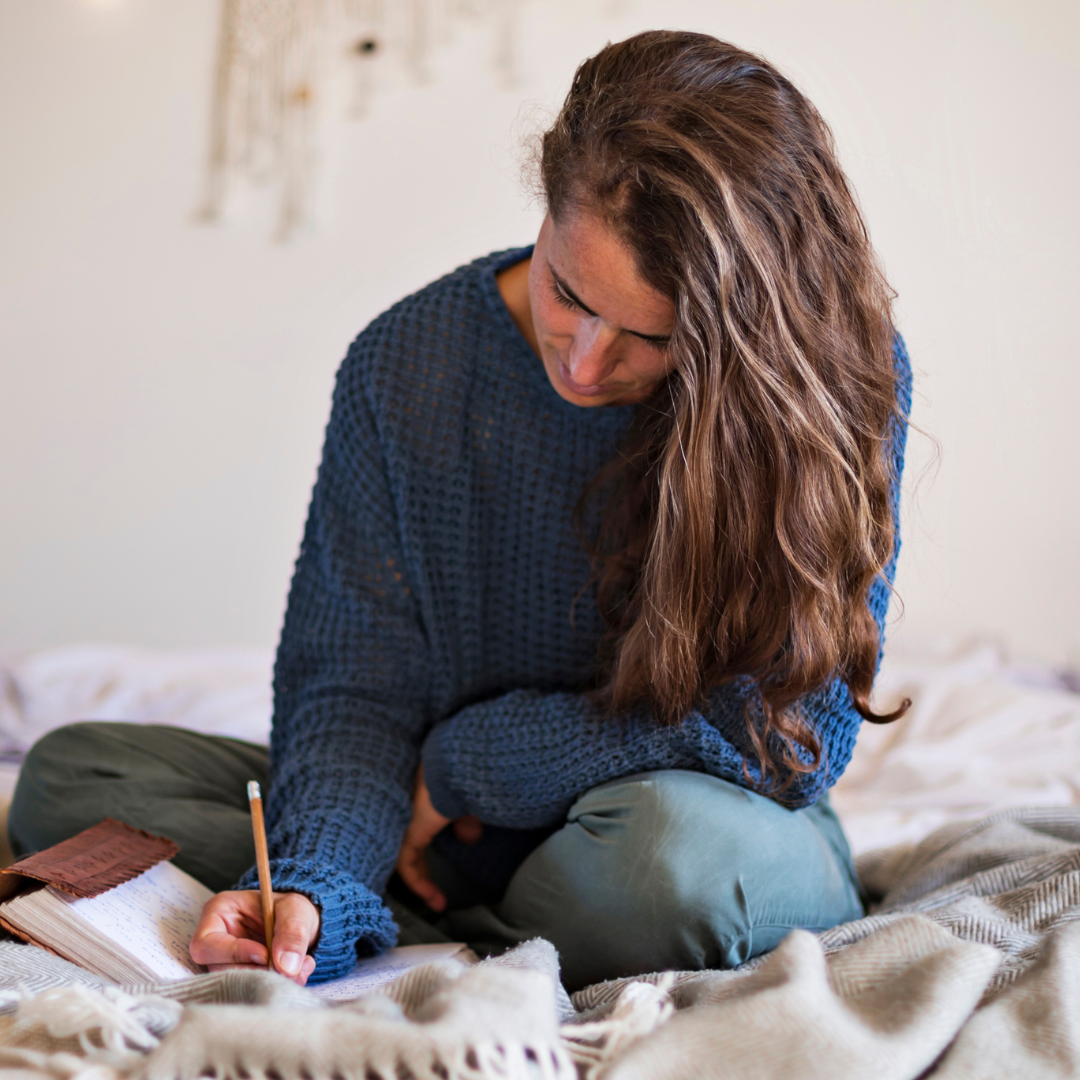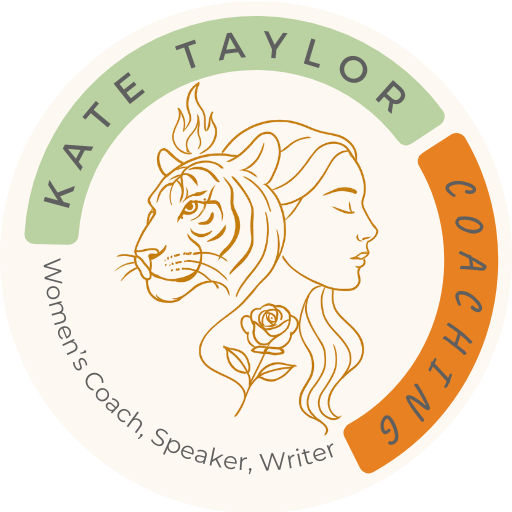Our beliefs shape how we see the world, ourselves, and other people. They influence how we react, what we expect, and the choices we make every day. Some beliefs help us grow, but others hold us back, especially when they’re rooted in fear or past pain. The truth is, we’re responsible for identifying and changing the beliefs that no longer serve us. It’s not easy, but it’s possible—and it’s worth it.
Let me share what I’ve learned about challenging beliefs and creating new ones, along with some steps to help you on your own journey.

Recognising Unhelpful Beliefs
Beliefs can feel like facts because we’ve held onto them for so long. But just because you’ve believed something doesn’t make it true or helpful. The first step to changing your beliefs is noticing which ones are causing harm.
A few years ago, I struggled with being triggered by diet talk during my recovery from an eating disorder. Hearing others talk about weight made me uncomfortable and upset. At first, I avoided those conversations entirely, which was a good start. But I realised that avoiding them wasn’t a long-term solution. Other people weren’t doing anything wrong—they were talking about their own insecurities, not intentionally hurting me. I knew I had to find a way to manage my own triggers instead of expecting others to stop.
One helpful question to ask yourself is: “Is this belief helping me?” If it’s pulling you down, making you feel bad about yourself, or stopping you from living the life you want, it’s worth questioning.
For example, I used to think, “I’m not good enough.” It felt like a fact because I kept noticing moments where I messed up or felt like a beginner. But when I asked myself if that thought was helpful, the answer was no. It only made me feel worse.
If you’re struggling to figure out whether a belief is helpful, try asking questions like:
- “What do I do right?”
- “Who values me?”
- “In detail, explain why this belief isn’t true”
These questions open your mind to other possibilities and create space for doubt, which is the first step to change.
Building Doubt and Creating New Evidence
Our brains love to prove our beliefs right. This is called confirmation bias, and it’s why we’re so quick to notice things that fit what we already believe. If you think you’re not good enough, your brain will focus on mistakes and ignore successes. Changing a belief means creating doubt and looking for new evidence.
Think about when you were a child and believed in Santa or the tooth fairy. You had evidence—presents under the tree or money under your pillow. As you grew older, your parents or guardians told you the truth, and you saw the evidence of them doing the work instead. Slowly, the belief changed.
The same process works for unhelpful beliefs. You need to:
- Notice the belief.
- Question it.
- Look for new evidence to challenge it.
For me, shifting from “I’m not good enough” started with asking myself if it was true. I reminded myself of times when I succeeded, even in small ways, and celebrated those moments. This gave me new evidence to support a healthier belief: “I am capable.”
Sometimes, faking it can help while you’re building real confidence. I’m not a fan of “fake it till you make it” when it’s thrown around without context, but it can work if you’re doing the deeper work too.
For example, I recently had a bad body image day, which happens to everyone. I usually train in a sports bra and leggings, but that day I wanted to hide. Instead, I told myself: “Your body hasn’t changed since three days ago when you felt okay.” I wore my usual outfit, stood tall, and gave myself permission to cover up if I truly couldn’t manage. By the end of my gym session, I actually felt more confident. Reflecting on it later, I realised my body image hadn’t shifted because of how I looked but because of an earlier misunderstanding with my partner that made me feel insecure.
Navigating Discomfort with Support
Challenging your beliefs is hard work, and it’s normal to feel uncomfortable. That discomfort doesn’t mean you’re doing something wrong—it means you’re growing.
When you’re pushing your comfort zone, it’s important to give yourself room to not be okay. For instance, during that gym session, I had a cover-up with me. Knowing I had an escape plan made it easier to push through. This concept, sometimes called gentle exposure, works for other beliefs too. You don’t have to go all in at once. Start small, take breaks when needed, and build up gradually.
Having support is also crucial. I’d never recommend working through deep beliefs completely on your own. Find a compassionate friend who’s willing to help, or work with a coach. If one-to-one coaching isn’t an option, group programmes are a great alternative and can often be more affordable.
Finally, remember that every unhelpful belief had a purpose at some point. Even beliefs that hurt us now were often formed to protect us in the past. For example, if you grew up in an environment where asking for attention or love wasn’t safe, you might have learned to believe, “I don’t deserve love.” That belief may have helped you survive in the past, but it doesn’t mean it has to stay with you forever. Treat yourself with compassion as you work through it.
Changing your beliefs isn’t about ignoring your past, it’s about acknowledging it, learning from it, and choosing to move forward. With awareness, self-compassion, and a willingness to gather new evidence, you can let go of beliefs that hold you back and replace them with ones that lift you up.
